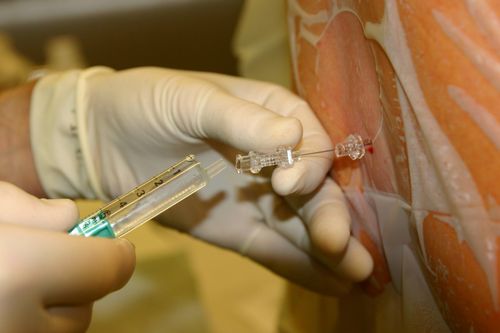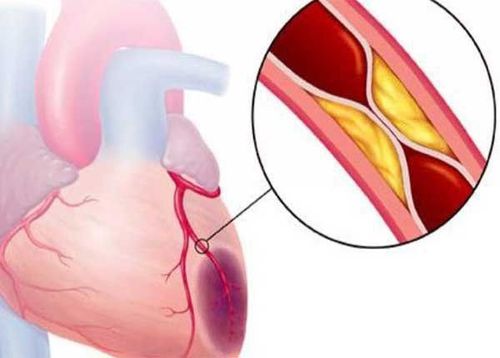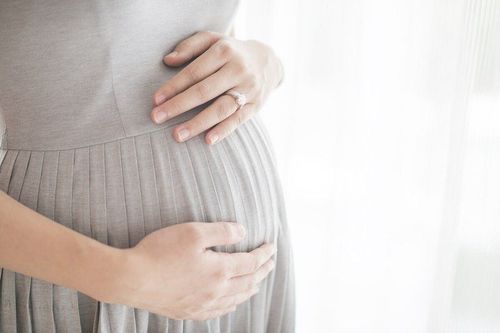This is an automatically translated article.
The article is professionally consulted by an Anesthesiologist - General Surgery Department - Vinmec Nha Trang International General Hospital.
Endotracheal anesthesia is a complex technique, with a high risk of dangerous complications. Therefore, it requires the operator to have a high level of expertise and the medical facility must be fully equipped with appropriate equipment.
1. What is endotracheal anesthesia?
Endotracheal anesthesia is an anesthetic technique with an endotracheal tube in place to maintain airway patency, facilitate tracheal aspiration, and control breathing during surgery. During the procedure, the patient will temporarily lose sensation and consciousness due to the effects of the anesthetic, but the patient can still breathe on his own or breathe through an endotracheal machine.
2. Indications for endotracheal anesthesia
Maxillofacial surgery, ear nose and throat surgery. Cranial surgery, head region. Caesarean section surgery. Surgery on the upper abdomen, stomach, intestinal obstruction. Major, prolonged surgery requiring intensive care or in patients at high risk of operative complications. Surgery in the pelvic area, uterus, bladder Surgery that requires airway control such as surgery that needs to be combined with muscle relaxants, thoracic cavity surgery.

Gây mê nội khí quản có thể áp dụng trong phẫu thuật sinh mổ
3. Contraindications of endotracheal anesthesia
Endotracheal anesthesia is not indicated in the following cases:
Upper respiratory tract and digestive tract infections. Patients with acute laryngitis or laryngeal cancer Severe laryngeal tuberculosis Medical facilities do not have enough tools, equipment or are not qualified to perform
4. Complications of endotracheal anesthesia
Pipe placement failed. Misplaced endotracheal tube in stomach. The endotracheal tube is retracted, folded, or the tube is pushed too deeply to exclude the functioning of one lung. Complications caused by anesthetic drugs cause gas constriction, bronchial or inhibiting myocardial contractility, causing arrhythmias, erratic changes in blood pressure. Muscle relaxants cause respiratory depression. Stomach fluid spills into the lungs. This is one of the serious complications and can lead to asphyxiation, pneumonia, shock and death. During intubation, damage to the teeth, mouth and throat such as broken teeth, bleeding lips and pharynx.
5. Where should endotracheal anesthesia be performed?

Bệnh viện Đa khoa Quốc tế Vinmec Nha Trang đã áp dụng kỹ thuật gây mê nội khí quản rất thành công, đặc biệt trong sản khoa
At Vinmec Nha Trang International Hospital, endotracheal anesthesia is performed in caesarean section on patients with severe preeclampsia with a high success rate of ≥ 95%.
With advanced equipment, negative pressure operating room ensures high sterility, system of anesthesia machines, mornitoring machines to monitor patients in surgery modern in the area.
The team of highly qualified doctors at Vinmec Nha Trang Hospital has a lot of experience in Obstetric Anesthesia:
Doctor Ho Quoc Tuan has many years of experience in the field of Anesthesia - Resuscitation Dr. Ton That Quang has more than 15 years of experience working in the Anesthesia - Resuscitation industry. Dr. Quang used to be a provincial lecturer in Emergency Resuscitation in Obstetrics and Gynecology
Please dial HOTLINE for more information or register for an appointment HERE. Download MyVinmec app to make appointments faster and to manage your bookings easily.













